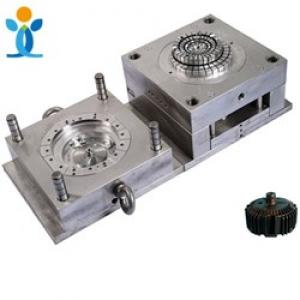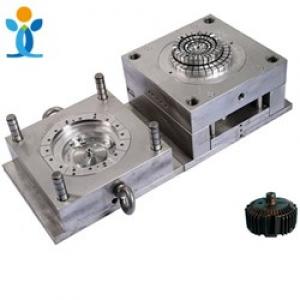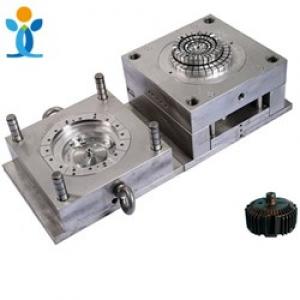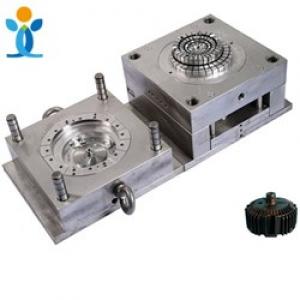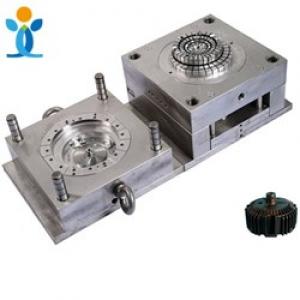Factors affecting the precision of thin wall injection molding parts
Factors affecting the precision of thin wall injection molding parts
The application range of plastic parts is more and more extensive, from simple tableware, kitchen utensils to complex mechanical parts, electronic product shell, etc. to plastic parts, however, for plastic parts with high precision requirements such as electronic product shell, the precision requirements should be paid attention to from the beginning of mold manufacturing during injection molding manufacturing.
What factors determine the precision of plastic parts in the injection molding stage? How can we improve the precision of thin-walled injection parts?
1. Mold closing: in principle, it should be greater than the total pressure of plastic injection into the mold, with no burr as the benchmark.
2. The purpose of pressure and speed acting on the mold is to make the raw materials enter into the mold evenly, thoroughly, and fill all corners properly. Too low will cause short shot, shrinkage, too high will cause hairiness, overfull, mold sticking, scorching, vulnerable mold and high internal stress.
3. The speed determines the condition of raw materials in the mold runner and finished products. If there is burr, overfull, scorch, short shot, shrinkage, poor combination, etc. will occur if it is slow.
4. The temperature of raw materials is different, the temperature is different, too low melt glue is not transparent, resulting in uneven color, and the internal stress of the finished product increases. Because the temperature is too low and the pressure is too high, it may cause screw fracture, too high, the product has burr, and the temperature difference due to cooling, resulting in shrinkage. The raw materials will decompose, turn yellow, change color, and be easy to fracture. The cooling time is longer, and the gas is not easy to be discharged.

